 Your new post is loading...
 Your new post is loading...

|
Scooped by
GTANSW & ACT
February 18, 2014 4:40 PM
|
"For the first time in human history, more of the world’s 6.8 billion people live in cities than in rural areas. That is an incredible demographic and geographic shift since 1950 when only 30 percent of the world’s 2.5 billion inhabitants lived in urban environments.
The world’s largest cities, particularly in developing countries, are growing at phenomenal rates. As a growing landless class is attracted by urban opportunities, meager as they might be, these cities’ populations are ballooning to incredible numbers.
A May 2010 Christian Science Monitor article on “megacities” predicted that by 2050, almost 70 percent of the world’s estimated 10 billion people—more than the number of people living today—will reside in urban areas. The social, economic and environmental problems associated with a predominantly urbanized population are considerably different from those of the mostly rural world population of the past."

|
Scooped by
GTANSW & ACT
February 1, 2014 7:07 PM
|
Black gold has brought big-money jobs and severe growing pains to once-sleepy North Dakota towns.
A remarkable transformation is underway in western North Dakota, where an oil boom is changing the state's fortunes and leaving once-sleepy towns bursting at the seams. In a series of stories, NPR is exploring the economic, social and environmental demands of this modern-day gold rush.

|
Rescooped by
GTANSW & ACT
from The amazing world of Geography
January 19, 2014 4:14 PM
|
Innovations for renewable energy and community planning for smart growth ensure the viability of cities for years to come.
Via oyndrila

|
Rescooped by
GTANSW & ACT
from Geography in the classroom
January 12, 2014 10:10 PM
|
Students prepare a news report that highlights problems facing coastal communities and how climate change might affect coastal populations.
Via dilaycock

|
Rescooped by
GTANSW & ACT
from The amazing world of Geography
January 10, 2014 5:40 PM
|

|
Rescooped by
GTANSW & ACT
from China Pollution Awareness Network
December 29, 2013 2:27 AM
|
Photos via Weibo. An industrial zone in the Pudong New Area is under investigation after a 300 metre stretch of a river in Hangtou turned bright blue.
Via Deb Kemper

|
Rescooped by
GTANSW & ACT
from China Pollution Awareness Network
December 29, 2013 2:25 AM
|

|
Rescooped by
GTANSW & ACT
from The amazing world of Geography
December 26, 2013 1:07 AM
|
Cities can be hot-spots of pollution, with thousands or millions of people, cars, pets, industries, and more contributing to global warming.
Via oyndrila
Focusing on total population—rather than the number of people actually residing in urban areas—obscures the extent of China's urbanization challenge.
Via geographil
Charles Montgomery's new book finds the intersection of urban policy and well-being.
Via geographil

|
Rescooped by
GTANSW & ACT
from green streets
December 5, 2013 9:47 PM
|
The German city is planning a green network that will cover 40% of the city area, contributing to resilience and allowing biking, swimming and nature watching in the city The European commercial hub promotes bicycling as the main mode of transportation, and plans to build a network around bikes and pedestrians, linking car-free roads to parks and playgrounds, from the city centre to the suburbs. Welcome to Hamburg, an environmental pioneer whose planned green network will cover 40% of the city's area. "It will connect parks, recreational areas, playgrounds, gardens and cemeteries through green paths", says Angelika Fritsch, a spokeswoman for the city's department of urban planning and the environment. "Other cities, including London, have green rings, but the green network will be unique in covering an area from the outskirts to the city centre. In 15 to 20 years you'll be able to explore the city exclusively on bike and foot."
Via Lauren Moss

|
Rescooped by
GTANSW & ACT
from green streets
November 10, 2013 4:55 PM
|
Three ambitious architectural firms have set out on a task to re-develop New Orleans with a 30-million-square-foot triangular architectural complex on the Mississippi riverfront. Dubbed NOAH, or New Orleans Archology Habitat, the hurricane-proof complex will carry 20,000 residential units, three hotels, 1 million square feet of commercial space and enough space for cultural facilities and offices. The complex will feature green systems, including solar panels, wind turbines, water turbines, fresh water recovery systems and a passive solar glazing system. While still in the planning phases, the project is an example of how architecture should be capable of generating enough power to fuel more than it consumes.
Via Lauren Moss

|
Scooped by
GTANSW & ACT
November 6, 2013 11:52 PM
|
A New Type of Growing City
“This is where the talent wants to live”
I believe there is a new class of city emerging across the country which are positioned to succeed in the coming decade – a class of city that has not yet been identified on a national scale. This city is a small/mid-sized regional center.
|

|
Scooped by
GTANSW & ACT
February 4, 2014 10:09 PM
|
A/N Blog - Quicks hits and big thoughts from The Architect's Newspaper
Here is an infographic for China’s Urbanisation produced by the EU-funded Dragon-STAR project. China’s urbanisation over the past three decades is a massive phenomenon of scale and speed. In the 19...
Via Maree Whiteley, Sandy Regts

|
Rescooped by
GTANSW & ACT
from Geography in the classroom
January 12, 2014 10:11 PM
|
The Chinese government plans to move 250 million people from farms to cities over the next 12 to 15 years.
Via dilaycock

|
Rescooped by
GTANSW & ACT
from green streets
January 11, 2014 7:30 PM
|
Architecture firm Snøhetta has concluded the first phase of a major overhaul of New York's Times Square, continuing the initiative started in 2009 to pedestrianise large sections of the popular tourist destination. The $55 million reconstruction project is the largest redesign of the square in decades and encompasses the transformation of five public plazas between 42nd and 47th Streets, which will be entirely reconstructed to remove any traces that vehicular traffic once ran through the square along the Broadway...
Via Lauren Moss

|
Rescooped by
GTANSW & ACT
from The amazing world of Geography
December 30, 2013 10:53 PM
|
It was a year of worsening news on both the climate front and global political efforts to reach agreement on curbing climate change; but of great strides forward by some leading cities and corporations on tackling the key challenges of urbanisation.
Via oyndrila

|
Rescooped by
GTANSW & ACT
from China Pollution Awareness Network
December 29, 2013 2:26 AM
|
China is undergoing a surprising reverse migration: As millions leave to find work in the cities, some well-educated urban dwellers are relocating to small towns.
Via Deb Kemper

|
Scooped by
GTANSW & ACT
December 26, 2013 1:11 AM
|

|
Rescooped by
GTANSW & ACT
from green streets
December 21, 2013 2:01 AM
|
Densely populated neighborhoods, commercial district city squares and multiple public transit lines all span the city of Cambridge, Mass., creating an environment ideal for walking. The most recent Census counts estimate nearly a quarter of the city’s residents walk to work, far more than any other larger U.S. city. Many localities across the country are continuing to push policies and planning initiatives aimed at making communities more walkable. Recent census figures depict a wide variation in commuting habits among the nation’s urban centers, showing some have done much more than others. Nationally, only a small fraction of people primarily walk to work – the measure the Census Bureau estimates in its annual American Communities Survey. In a select group of cities, though, recent data illustrates the extent to which walking has emerged as an everyday means of commuting.
Via Lauren Moss
In places like Istanbul and Mexico City, BRT is cleaning the air and saving commute time.
Via geographil

|
Rescooped by
GTANSW & ACT
from green streets
December 5, 2013 9:50 PM
|
You want good civic tech ideas? The people have good civic tech ideas. Code for America and Mindmixer have been running Ideation Nation--an online brainstorm to find tech fixes for cities--since the beginning of the month. People have posted 300 ideas so far. "We're going to make the [best] 25 available to Code for America's 3,000 volunteer designers and hackers," says Nick Bowden, Mindmixer's CEO. "They want to build stuff for communities." You can submit your own idea till October 31. The overall winner gets prize money, and support to develop the idea. Visit the link for some of the favorites so far, including customizable mobile apps to phone-charging street furniture.
Via Lauren Moss

|
Scooped by
GTANSW & ACT
December 1, 2013 5:31 PM
|
"The French have a wonderful word—flâneur—for someone who seeks to explore and understand the nature of a city’s landscape, usually by taking spontaneous adventures amidst the ebb and flow of life going on around them. In this week’s theme we invite you to lose yourself reading about the flâneur-esque adventures of Maptia’s streetwise connoisseurs and explore a myriad of cities through their eyes."

|
Rescooped by
GTANSW & ACT
from green infographics
November 9, 2013 5:31 PM
|
Cities across the globe are witnessing an increasing frequency of extreme weather events. This combined with population growth and urbanization means it is more crucial than ever that the systems that keep our cities functioning are resilient to the complex, uncertain and constantly changing risks that face them. These four infographics are taken from the new report Toolkit for Resilient Cities, produced by Siemens, Arup and Regional Plan Association (RPA), and feature urban resilience from the perspective of the electricity grid, water systems, buildings and transport.
Via Lauren Moss
|



 Your new post is loading...
Your new post is loading...

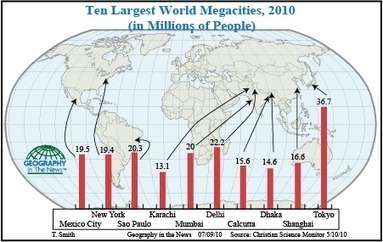


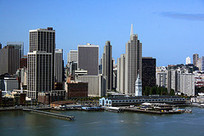

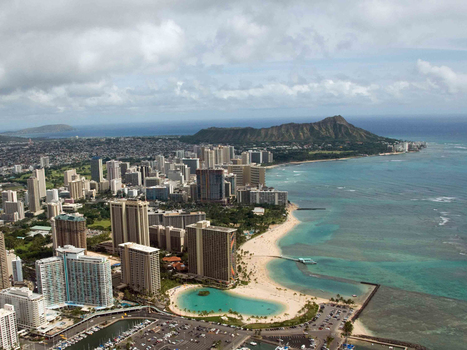


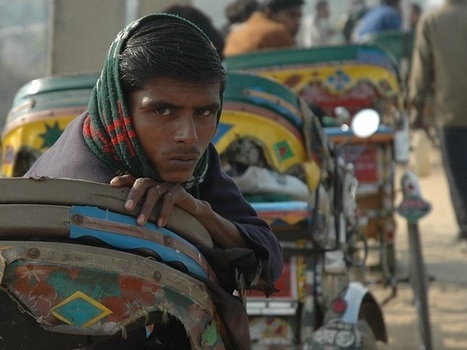


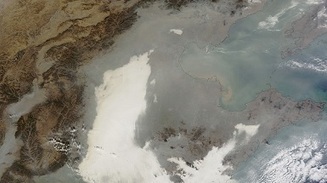
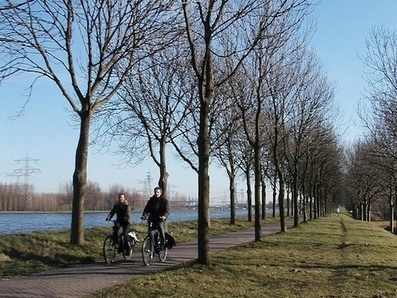
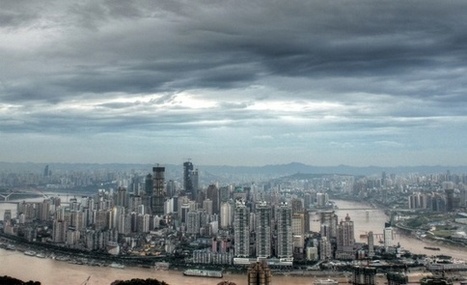

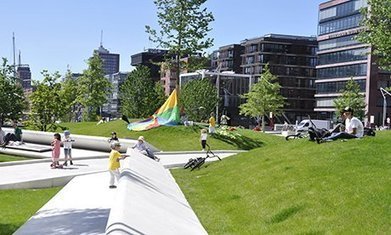
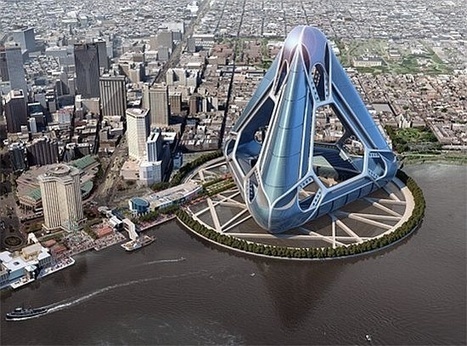

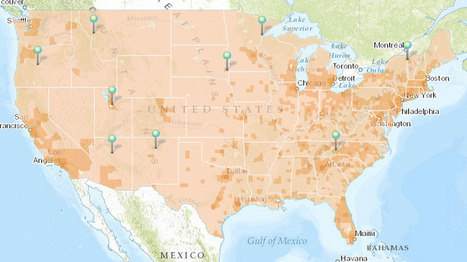

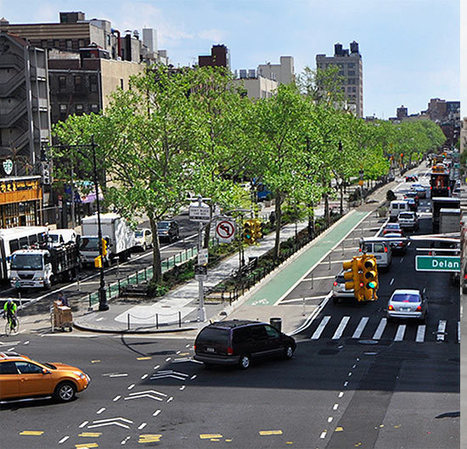



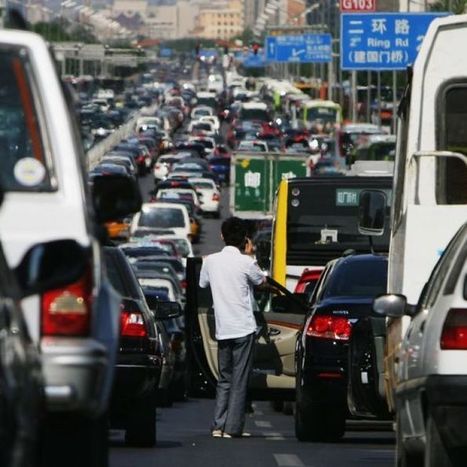

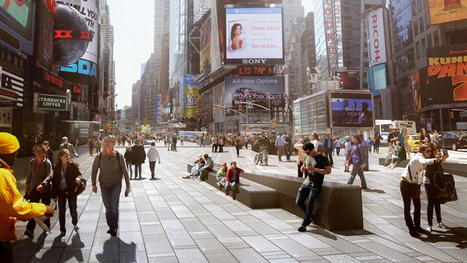


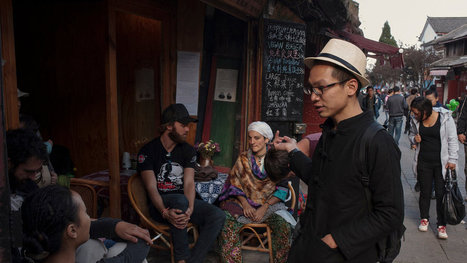


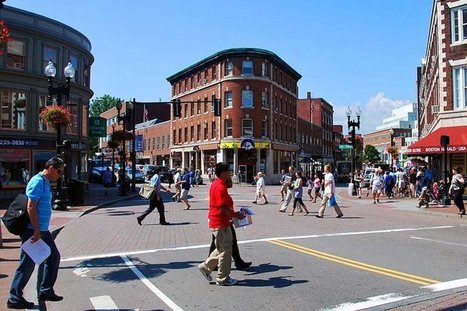



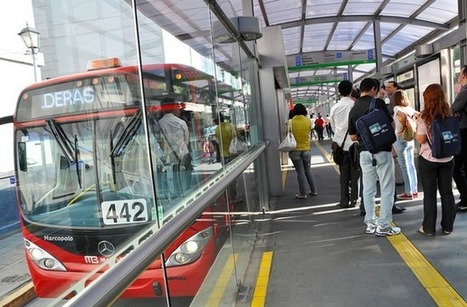

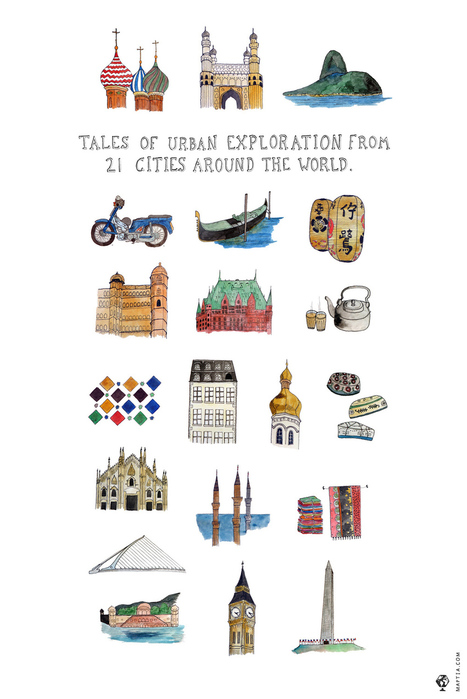



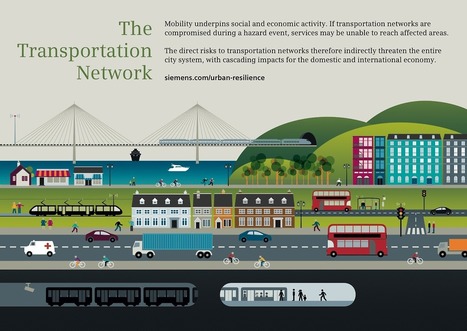





mega cities
What observations can you make about where the largest cities are? What will be the impact be of these areas in terms of resources such as housing, power, food, etc.? Where will you choose to live?